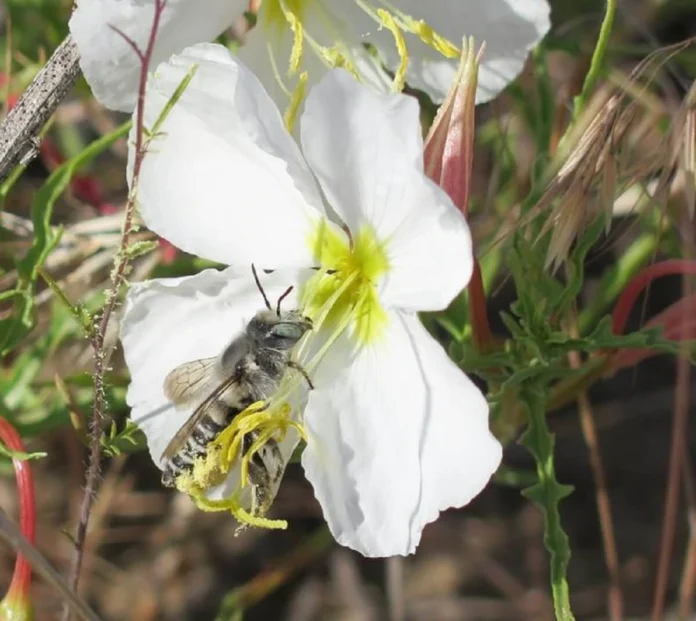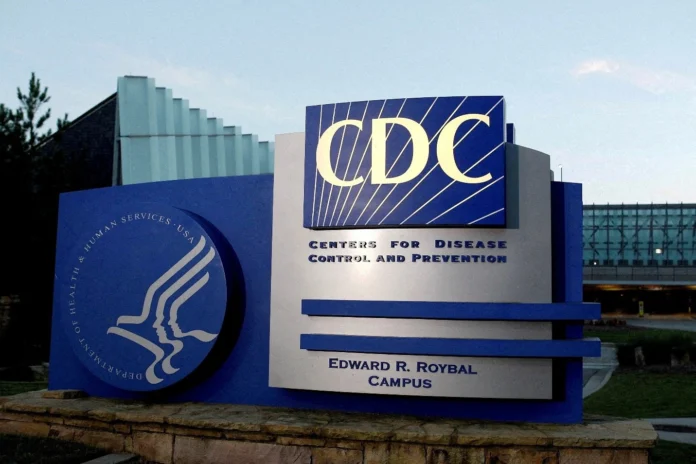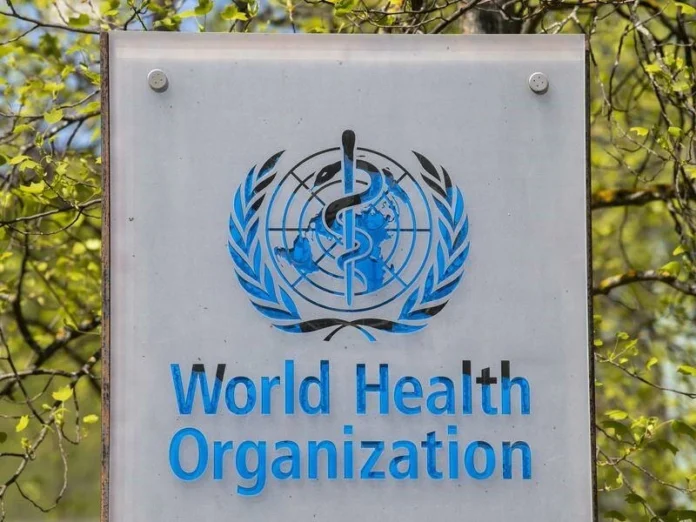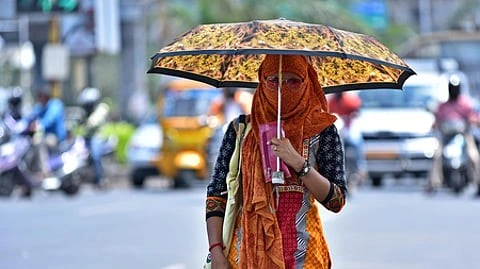People and pollution responsible for downfall of nighttime pollination
Pollution (and the people making it) is damaging flower species that rely on nighttime pollination, a new study warns. The research reveals that air pollution reduces the scent signals essential for nocturnal pollinators to find these flowers.
This reduction is attributed to chemicals released into the air through gas and coal combustion from vehicles, power stations, and natural occurrences such as wildfires and lightning.
A team at the University of Washington says these activities trigger a chemical reaction that generates nitrate radicals (NO3) in the atmosphere, which in turn block a flower’s scent.
Their study highlights the critical relationship between approximately 180,000 species of flowering plants and their pollinators, noting that over 70 species of pollinators are at risk of extinction or are already endangered.
This research focuses on the pale evening primrose, a plant commonly found across the western U.S. in arid climates.
The study also notes that sunlight breaks down NO3 during the day, reducing its impact on daytime pollution but still leaving nocturnal flowers vulnerable.
Regions most affected by this disruption in plant-pollinator dynamics include western North America, much of Europe, the Middle East, Central and South Asia, and southern Africa.











